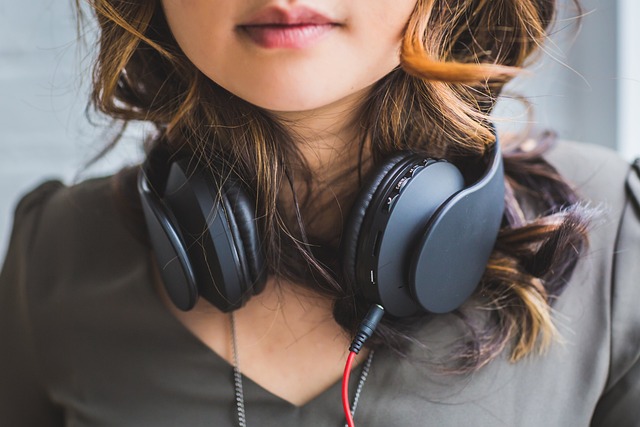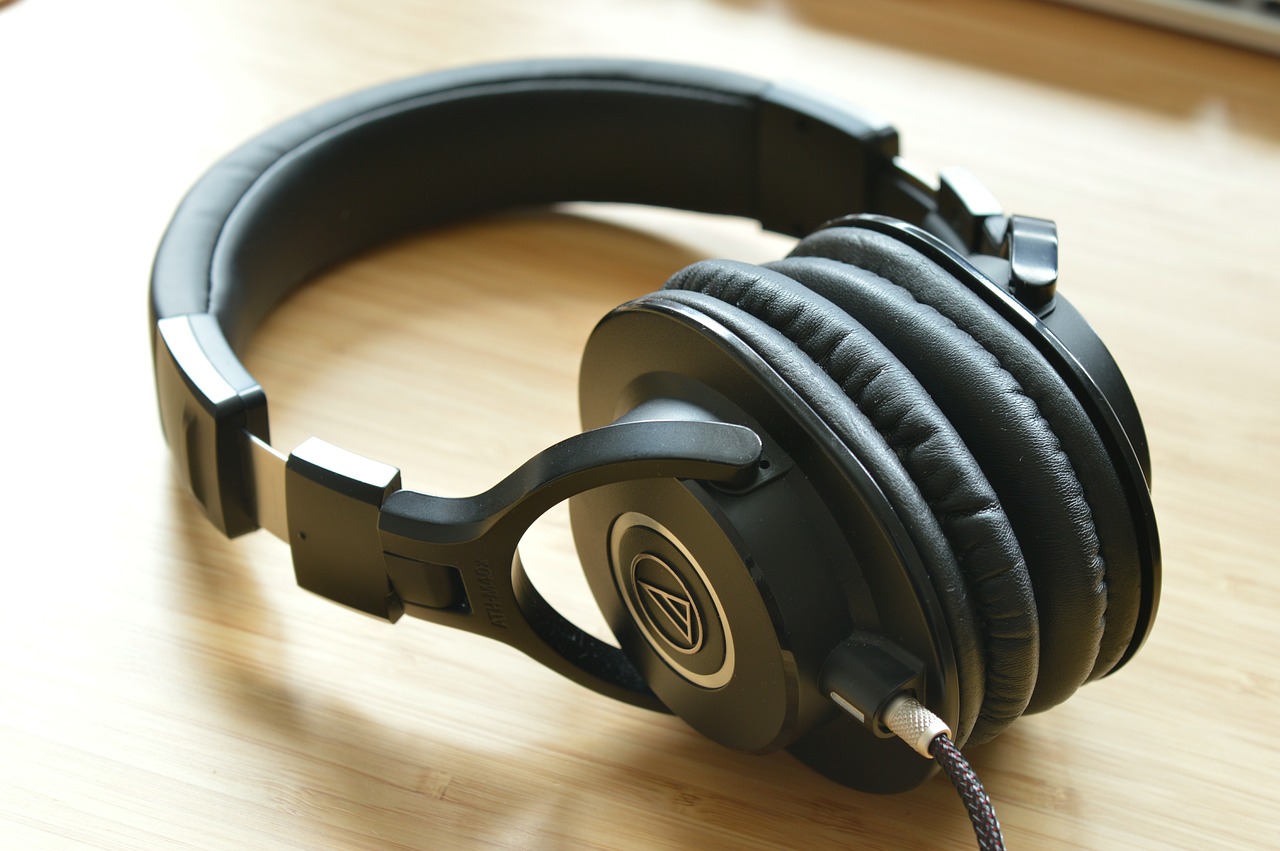Classroom Headphones for Students with Disabilities: Supporting Inclusive Learning
Technology has opened up a world of possibilities for students with disabilities, allowing them to access educational materials and participate in classroom activities like never before. However, without the right tools, these students may still face barriers to learning. That’s where classroom headphones come in.
Barks Headphones provide a solution that can benefit all students, including those with disabilities. For students with disabilities, this often means adapting traditional learning methods to create a more inclusive environment. These innovative devices can transform how educators deliver lessons and how students engage with them. But how exactly do classroom headphones support inclusive learning for students with disabilities? Let’s take a look.
Amplifies Instructions for Students with Hearing Impairments
For students with hearing impairments, classroom noise can be overwhelming and obstructive. Standard teaching methods often leave them struggling to catch every word. This is where specialized headphones come into play. These devices are designed to amplify instructions directly from the teacher, ensuring that vital information isn’t missed. With clarity in sound, students can focus on lessons without straining their ears or relying solely on lip-reading. Some models even feature adjustable volume controls. This allows each student to find their perfect level of comfort.
Minimizes Distractions for Students with ADHD
Classroom environments can be bustling and chaotic. For students with ADHD, this noise can become overwhelming. Headphones offer a simple yet effective solution. By providing an auditory barrier, they help these students focus on their tasks better. With reduced background noise, distractions fade away. Students can immerse themselves in lessons without the constant pull of external stimuli. Moreover, many headphones come equipped with features like volume control and sound isolation technology. This ensures that the audio experience remains comfortable while promoting concentration.

Supports Speech and Language Development
Since these devices provide clear audio, students can hear phonetics and vocabulary much easier. See, when children listen to high-quality recordings or interactive lessons, they engage more deeply. This exposure helps them pick up on nuances in pronunciation and intonation that are often overlooked in traditional settings. Not to mention, many headphones come equipped with microphone features. Students can practice speaking while receiving immediate feedback from instructors or software programs designed for language learning. This technology fosters a more personalized approach to education, catering specifically to the needs of each learner.
Improves Communication for Non-Verbal Students
Communication can be a challenge for non-verbal students. They often rely on alternative methods to express their thoughts. Classroom headphones play a vital role in bridging this gap. These headphones can connect with speech-generating devices or communication apps. This technology allows non-verbal students to interact more meaningfully with peers and teachers. It opens doors to participation that might otherwise remain closed. When using tailored audio equipment, these students gain confidence in sharing ideas. The immersive sound experience helps them focus on the task at hand without overwhelming background noise.
Wrapping Up
As classrooms evolve, so do the tools we use to support all learners. Classroom headphones designed for students with disabilities are crucial in this transformation. These devices enhance the learning experience and foster an environment of inclusivity. They effectively address diverse needs by amplifying instructions, minimizing distractions, and facilitating communication. This technology empowers teachers to create tailored learning experiences that benefit every student.

